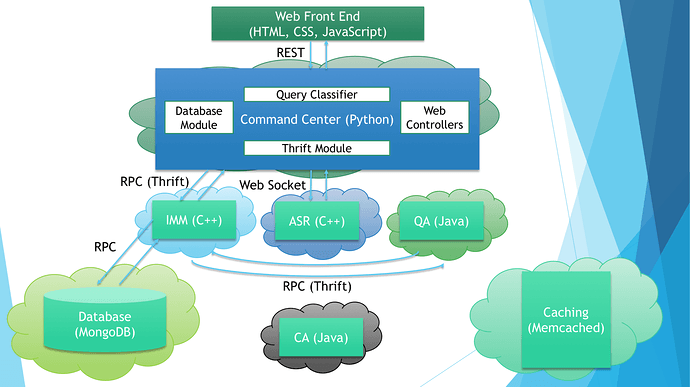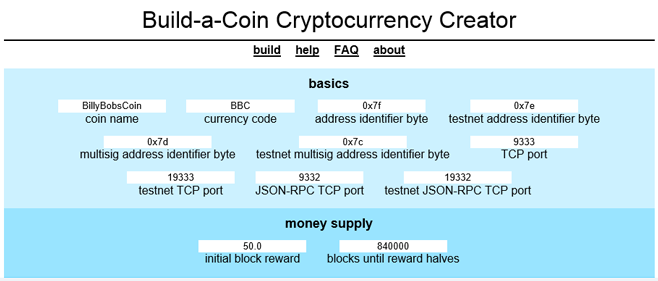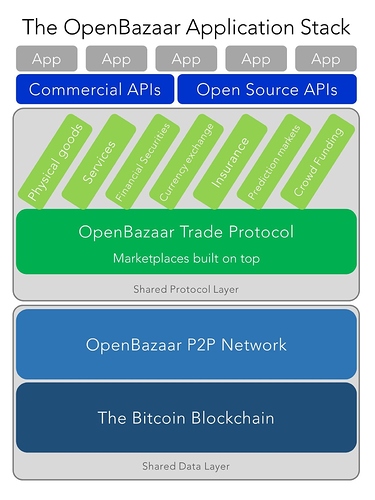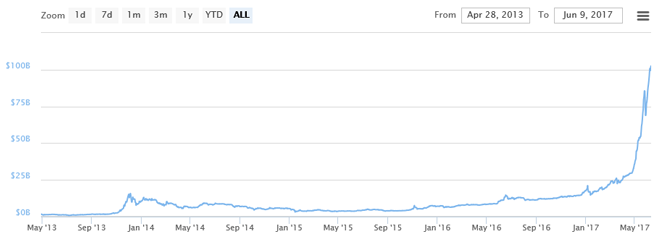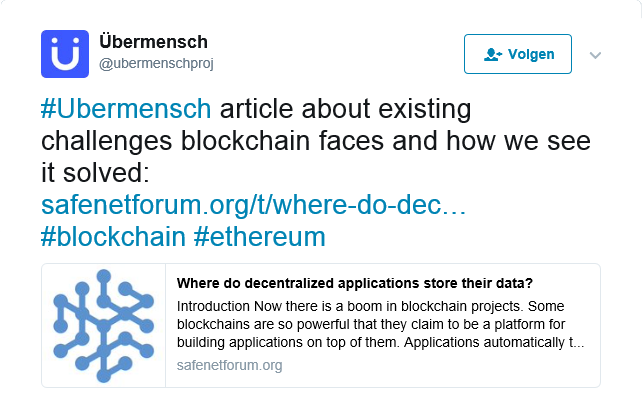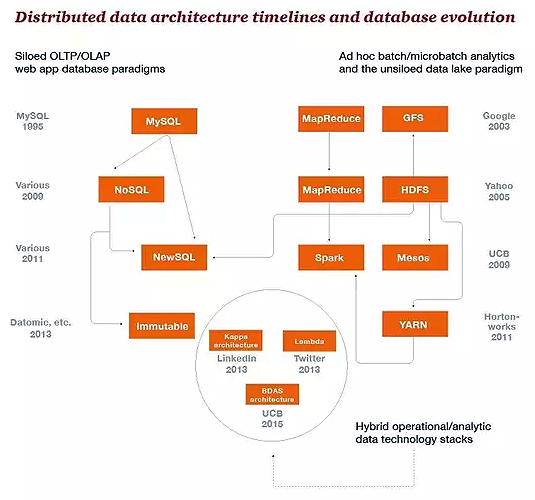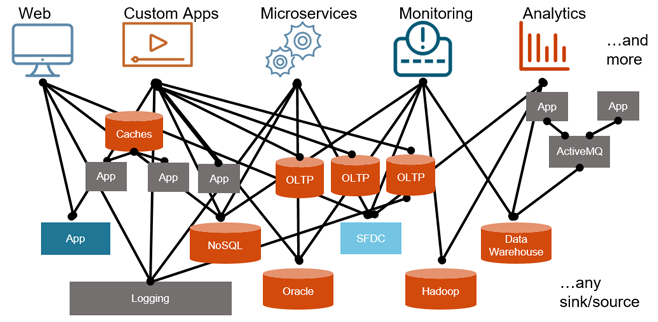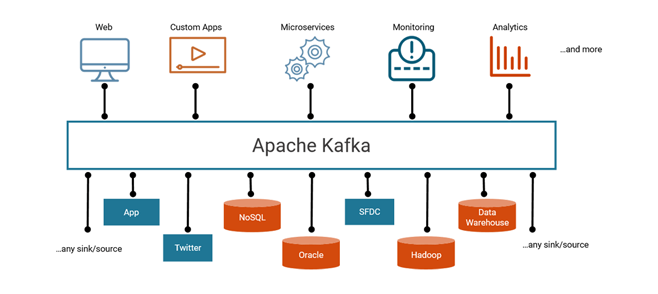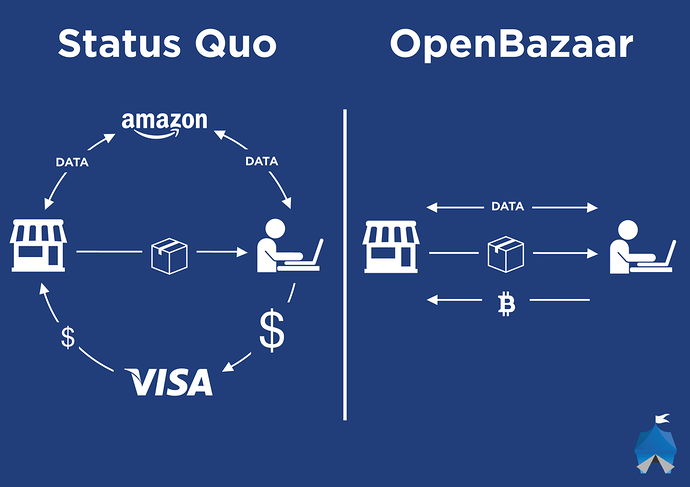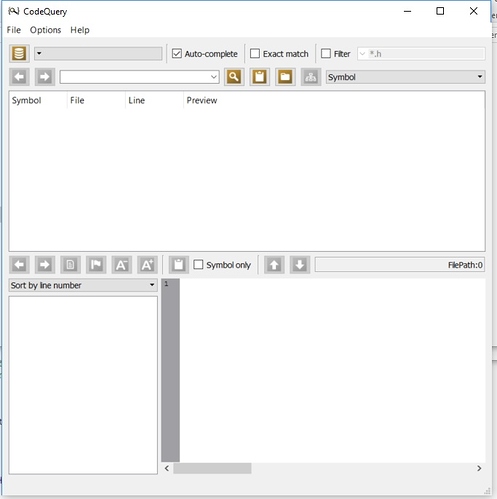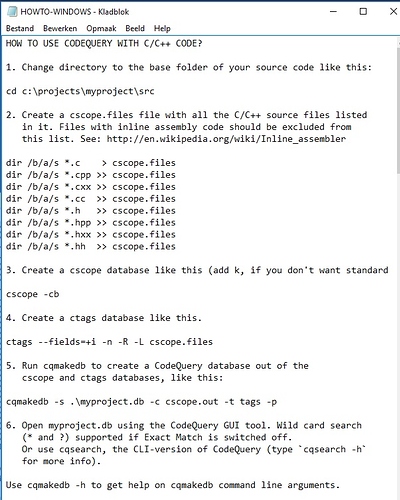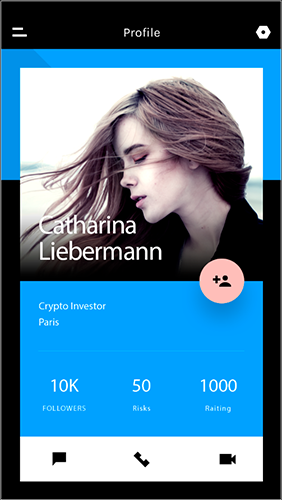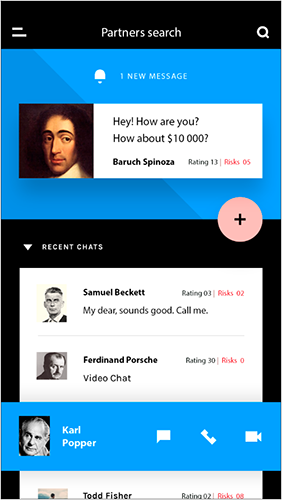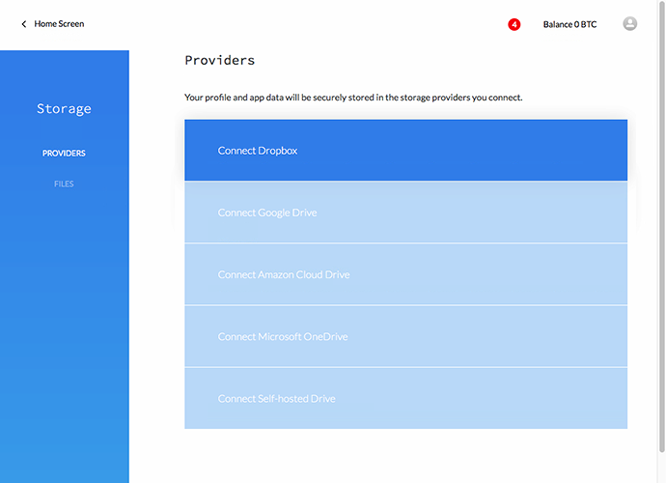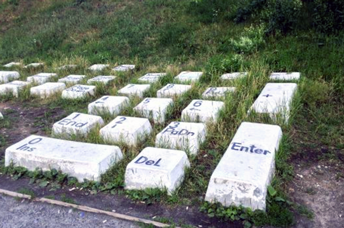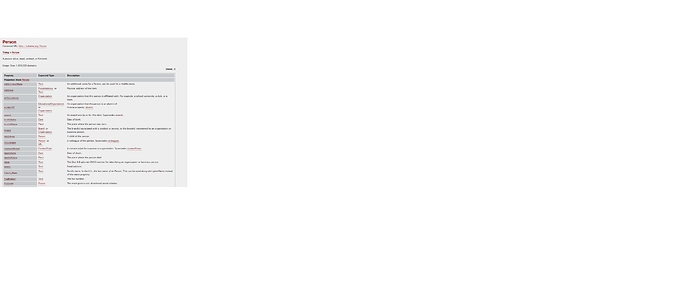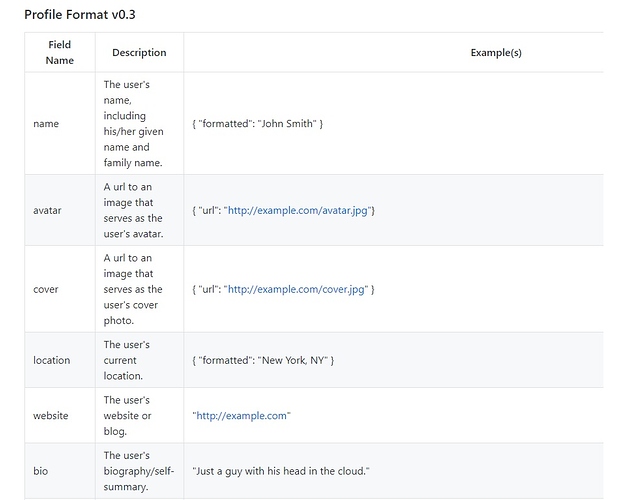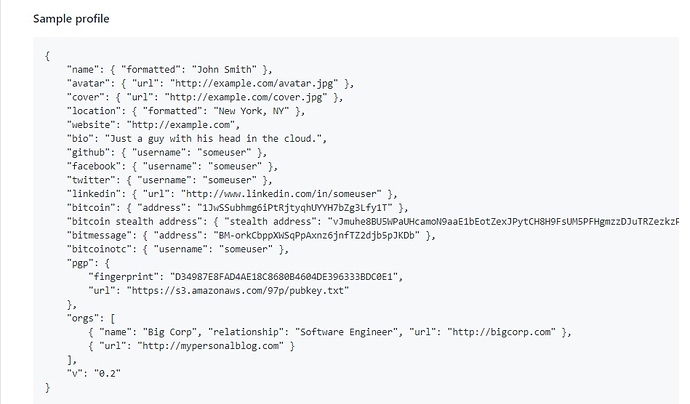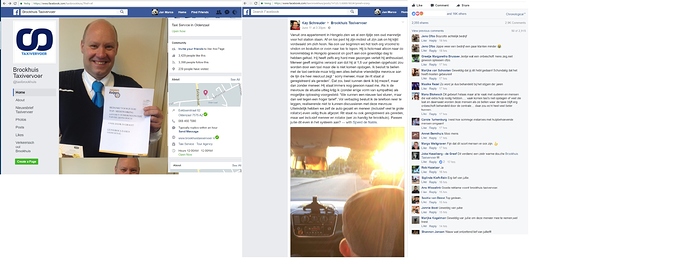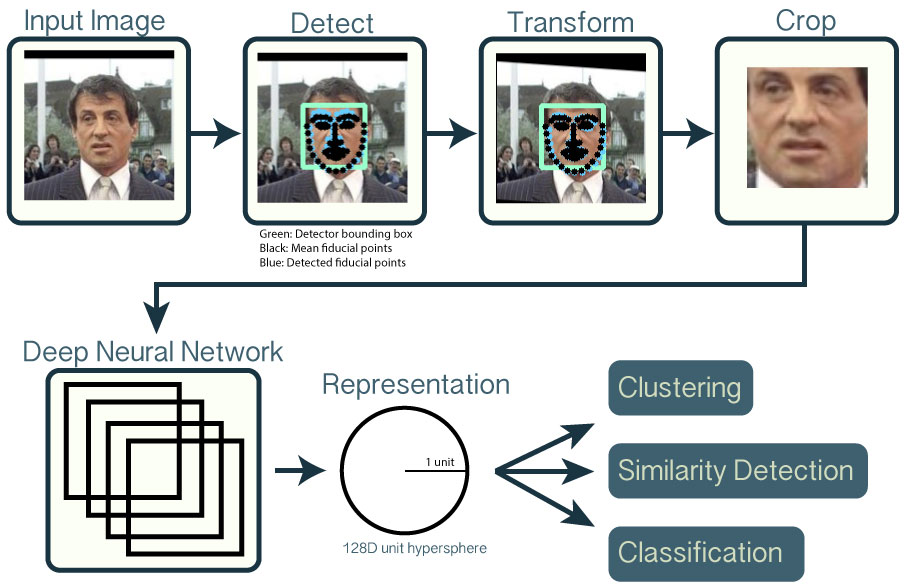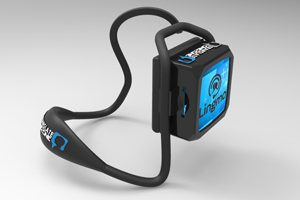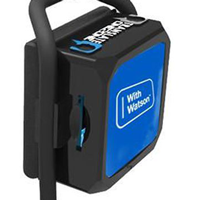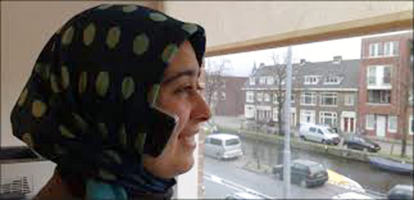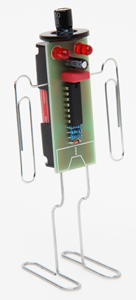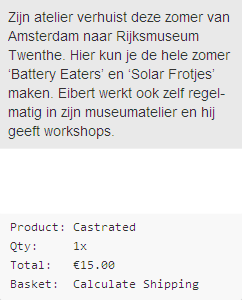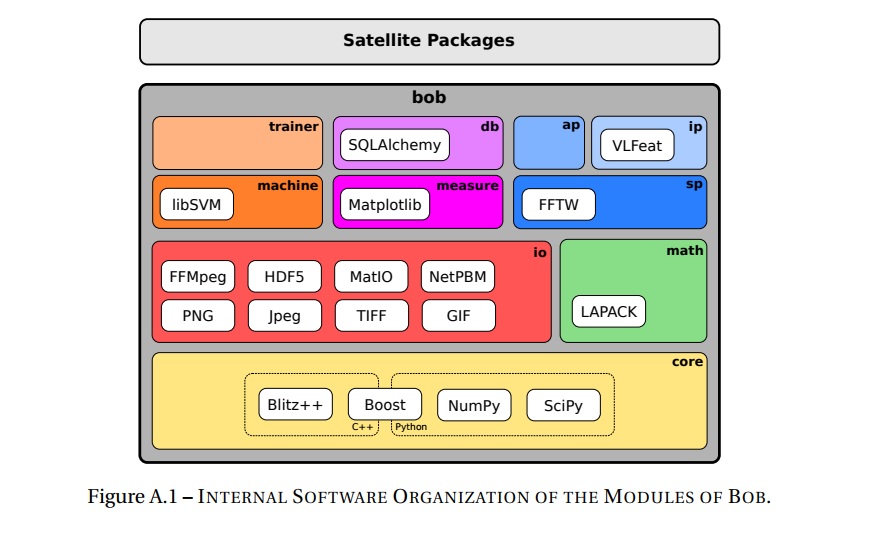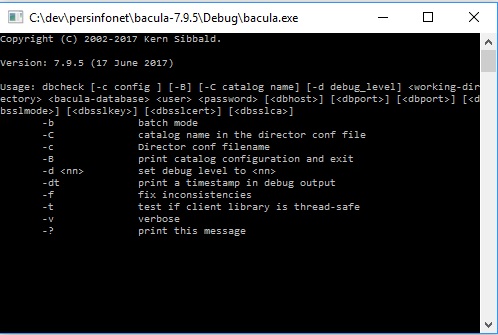Hoi Weerman,
Mag dan Pinksteren zijn maar we moeten verder 
Ik ben twee dagen naar Freshtival geweest. Erg leuk. Had twee losse kaartjes gekocht. Best wel veel commisie blijft er dan aan de strijkstok hangen. Later ook nog een auto parkeerticket gekocht.
Tweede Pinsterdag heb ik alle MySQL code (3880 regels source code) uit Asterisk ‘getrokken’ en omgezet. Ik ga nu proberen om Asterisk te gaan starten.
Gisteren naar SAS-Forum geweest in Utrecht. Ik zie dat ze de volgende Open source talen halen ze vaak aan dat ze daar goed mee kunnen samenwerken:
- R;
- Python;
- LUA;
- REST API’s.
SAS geeft ook toe dat ze meer algemene gebruikte (open source) voortbrengingstools willen gaan gebruiken.
Wat ik mooi vond van Ubermench is dat ze use cases in hun voorstel hadden opgenomen.
Wat ik wel apart vind is dat Wereldwinkels een probleem met de waarde van hun uitgegeven bonnen hebben. Bij Wereldwinkel denk ik aan heel betrouwbare en duurzame concepten. Ik denk dat blockchain een oplossing kan zijn voor onderstaand probleem.
Stichting cadeaubonnen Wereldwinkels heeft te weinig geld
Winkeliers van de Wereldwinkels staan voor een probleem met de verzilvering van cadeaubonnen die klanten inleveren. Er is te weinig geld om alle ingeleverde cadeaubonnen uit te betalen aan de winkeliers.
Mooie quote:
Jan Marco, hadden wij op dit moment niet allerlei ballen in de lucht:
Ik werk liefst aan verschillende programma’s, maar ik weet van mij zelf als ik met een groot ding bezig ben als bijvoorbeeld “Asterisk” dat ik niet veel andere ballen meer in de lucht kan houden. Je zou anders kunnen formuleren dat ik steeds andere ballen in de lucht heb. Het is natuurlijk wel uiteindelijk doel dat alle ballen (“programma’s werken) in de lucht zijn.
- de vraag, wat is een goed model voor jouw nieuw te bouwen euro-visie-platform?
- de vraag, hoe het Übermensch platform dat wil gaan doen, is dat ook iets voor jou?
-de vraag, hoe zorg je dat ons platform het meest gebruikte gaat worden. Als de facto de standaard in de business gezien gaat worden.
Afgeleid daarvan:
- moest er een database of blockchain achter; of een combinatie daarvan?
- de vraag of het überhaupt wel wat kan worden met dat “Übermensch”-project?
Een slimme collega van mij had met een vriend van hem een voorloper van marktplaats gemaakt. Eind van het verhaal is dat marktplaats is doorgebroken en hij nu (jammer genoeg) bij ons aan het werk is. Of ‘iets’ wel of niet gaat worden heeft niet alleen met een voorstel en/of foutloos werkend programma te maken.
Übermensch, MultiChain, allemaal mooi en prachtig maar zoek de verschillen?
ÜbermenschDB is designed to work in a public environment. New nodes can be added to the network and take on some of the load at any time.
Dit afzetten tegen:
MultiChain is an offtheshelf platform for the creation and deployment of private blockchains, either within or between organizations.
Weerman, Eigenlijk wil ik de blockchain onder cdfoon gegevens update zetten als testcase. Mogelijk dat Onename oplossing is, maar is geen C++ variant. Ik ben nog aan zoeken naar c(++) alternatief.
Ik heb erg enthousiast om OpenBazaar ook mee te nemen in het concept. Dus eerst het updaten van telefoonboekje maken m.b.v. blockchain technologie. Daarna onze marktplaats er in integreren.
Centralized services such as eBay, Amazon, and Alibaba have come to dominate the world of online commerce. OpenBazaar offers a different approach, connecting buyers and sellers directly. The open source project is creating a decentralized network for peer to peer commerce, using Bitcoin for all payments. Instead of visiting a website, you download and install a program on your computer that directly connects you to other people looking to buy and sell goods and services, removing the middlemen altogether.
Hier begint hoe om te gaan met ID’s. Over de ene kant wil je weten wie wat gaat leveren. Over de andere kant wil je anoniem zijn/blijven. N.B. Bij Asterisk zag ik dat ze MAC-adres in de GUI stopten. Lijkt mij niet wenselijk als je anoniem wilt zijn/blijven.
Every user that runs the OpenBazaar program, or client, creates a connection point, or node, in the networks infrastructure. Every node has a unique name, or ID, which allows it to communicate with other nodes. The ID is used to find stores on the network.
Users can navigate the network by putting the ID into a navigation bar within the client program. However, the ID is a random string of characters and isn’t very convenient. In order to make navigation simpler, a user can create their own short “handle,” which is tied to their ID, and can be used like a domain name and an email address in the system, to find other people and to navigate between stores.
Onename blockchain IDs are the only identity option for OpenBazaar right now, and will likely remain so for a while. The development team had planned to offer full Namecoin integration at launch, alongside Onename, but technical issues have prevented them from including the identity-providing altcoin at this point.
Those who want to reserve an OpenBazaar handle need to create an account with Onename, including a username with the exact same spelling as the desired OpenBazaar handle, and an email address. Extra data that proves who you are can be added too. The process is very simple, and a Onename profile can be useful for other reasons besides OpenBazaar.
“Users can create a personal or company profile and share their blockchain ID on their website, social media profiles, and business cards so others can easily find them online. Developers can integrate support for blockchain IDs to offer users password-less login, secure messaging, and granular control over data access and privacy. With a blockchain ID, users are in control of their online identity. Because blockchain IDs are decentralized, developers are free to pursue permissionless innovation.”
After the full, working version of OpenBazaar launches, verifying your handle should be a simple process. It involves telling Onename your Node ID, in a process similar to telling your domain registrar what your server’s IP address and nameservers are. Once Onename has that information it can take up to 12 hours to write it to the bitcoin blockchain, where OpenBazaar can see it and confirm that your handle is the correct one, using it from that point forwards.
Onename is a registrar for Blockstack, a decentralized naming and storage system. With the Onename webapp you can easily register a username and create a profile on Blockstack. This username/profile is completely in your control.
Blockstack is nog een python feestje.
Blockstack: A New Decentralized Internet
Ik ga nog beter naar OpenBazaar kijken:
When OpenBazaar launched in 2014, it promised to be the world’s first peer-to-peer online bitcoin marketplace that no government or company could control—a kind of Bittorrent of online trade that would let anyone sell anything directly to anyone else. Now, OpenBazaar will finally add the last ingredient to enable that anarchic dream: anonymity.
In May, OpenBazaar’s developers plan to launch OpenBazaar 2, which revamps the peer-to-peer communication protocol that allows users to make purchases and list items for sale online without hosting any data on a central server. The new version will also integrate the anonymity software Tor, designed to allow anyone to browse the market’s network anonymously or list items for sale from an untraceable location.
Hoffman nonetheless defends the need to allow free trade to occur online beyond the control of any central authority, even if it does attract criminals. “This goes beyond drugs or guns or whatever,” says Hoffman. “We’re not building something intended to allow bad things to happen … But the problem with liberty is you’re putting the power in people’s hands, and people are bad and good. You have to rely on people to do what’s right.”
OpenBazaar is an open source project to create a decentralized network for peer to peer commerce online—using Bitcoin—that has no fees and no restrictions.
Right now, online commerce means using centralized services. eBay, Amazon, and other big companies have restrictive policies and charge fees for listing and selling goods. They only accept forms of payment that cost both buyers and sellers money, such as credit cards or PayPal. They require personal information, which can lead to it being stolen or even sold to others. Buyers and sellers aren’t always free to exchange goods and services with each other, as companies restrict entire categories of trade.
OpenBazaar is a different approach to online commerce. It puts the power back in the users’ hands. Instead of buyers and sellers going through a centralized service, OpenBazaar connects them directly. Because there is no one in the middle of your transactions there are no fees, no restrictions, no accounts to create, and you only reveal the personal information that you choose.
How does OpenBazaar work?
Let’s say that you are looking to sell your old laptop. Using the OpenBazaar client (a program you download), you create a new product listing on your computer with details just like you would on any ecommerce site… When you publish that listing, it is sent out to the distributed p2p network of other people using OpenBazaar. Anyone who searches for the keywords you’ve used—laptop, electronics, etc—will find your listing.
If you both agree to a price, the client creates a contract between you both with your digital signatures, and sends it to a third party called a moderator. These moderators are also folks on the OpenBazaar network—could be your neighbor or someone across the world—who the buyer and seller trust in case something goes wrong. The third party witnesses the contract and creates a multisignature Bitcoin account (multisig) that requires two of three people to agree before the Bitcoin can be released.
The buyer then sends the agreed upon amount to the multisig address. You get a notification saying the buyer has sent the funds, and you ship the laptop to them and mark that it has been shipped. The buyer receives it a few days later, and they mark it received, which releases the funds from multisig to you. You got your Bitcoin, the buyer got the laptop; no fees paid, no one stopped your trade, everyone’s happy.
What if something goes wrong?
As we all know, things don’t always go smoothly. What if you’re buying a certain book from a seller, you pay the multisig, and they ship you the wrong one, or it was in poorer condition than advertised, or they don’t even send a product at all?
This is where the third party comes in. Remember that a multisig requires two of three people to agree in order to move the Bitcoin. They control the third key to the multisig, so the funds will not move until either the buyer and seller work out an arrangement themselves, or the third party
Belangrijk issue is dus dat er een andere (derde) partij is als het mis gaat. Ik denk dat je hiervoor de “whishdom of the crowd” zou kunnen inzetten.
De hartelijke groet Jan Marco
